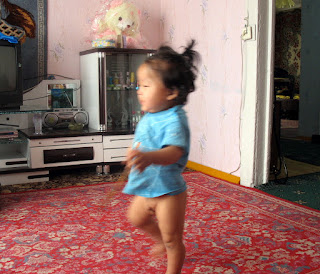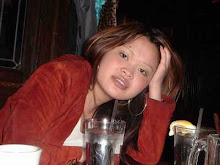One family trip was to Suhkbaatar’s grave and first work place: pictures below.
.JPG)
.JPG)
Disclaimer: The opinions expressed and experiences described in this blog are mine personally. Nothing written here should be interpreted as official or unofficial Peace Corps literature, or sanctioned by the Peace Corps or the U.S. government. I have chosen to write about my experience online in order to update my friends and family. Please do not copy or forward any of these contents without my permission.

CYD Volunteers are placed in provincial centers with population between 15,000 and 70,000. A few CYD Volunteers are placed in Ulaanbaatar, where the population is reaching 1 million. I will work with youth-focused NGOs, children’s centers, schools, and civil society organizations to address major challenges confronting Mongolian youth today, such as education, life skills, employability, and leadership. In addition, the work will involve workshops and presentations at schools and community agencies and will entail traveling to other outlying communities that have less access to information and training. Given the vast distances in Mongolia, these visits will often require overnight stays.
.JPG)
.JPG)
.jpg)
.jpg)
.JPG)
.jpg)
.JPG)























My number: 011-976-957-423-48. It is much
easier for you in the States to call me in Mongolia; the rates from US-Mongolia are cheaper, it is hard to find good calling cards from Mongolia-US. Also, it is free for me when you call and does not cost me additional minutes. Hope to hear from you soon.
See “International Calling Card” link under “Informational Links” for a calling card rate of $0.32 per minute to call from the US to Mongolia. Skype download is free and requires a DSL connection and a headset with a mic; the cost to call anywhere in the world is $0.02. My Skype account is: Yoomie.Huynh. Note: time in Mongolia is 12 hours later than Eastern Standard Time (EST).








Please notify the Peace Corps’ Office of Special Services (OSS) at any time if there is a critical illness or death of a family member. Normal business hours: 800-424-8580, ext. 1470. After normal business hours/weekends and holidays: 202-638-2574.
